1 Million-Year-Old Skull Found in China May Be of Ancient “Dragon Man” Species
Scientists have found a one million-year-old skull in China. After conducting a reconstruction of the ancient model by using 3D software, researchers now believe that this skull could be of the mysterious ancient “Dragon Man” species.
These prehistoric humans were of a race that eventually died out. Meanwhile, our Homo sapiens ancestors were able to survive and continue on to evolve into modern-day humans.
The Dragon Man Species
Not much is known about the Dragon Man species. These ancient humans didn’t leave much behind, so researchers don’t have a lot to go off of.
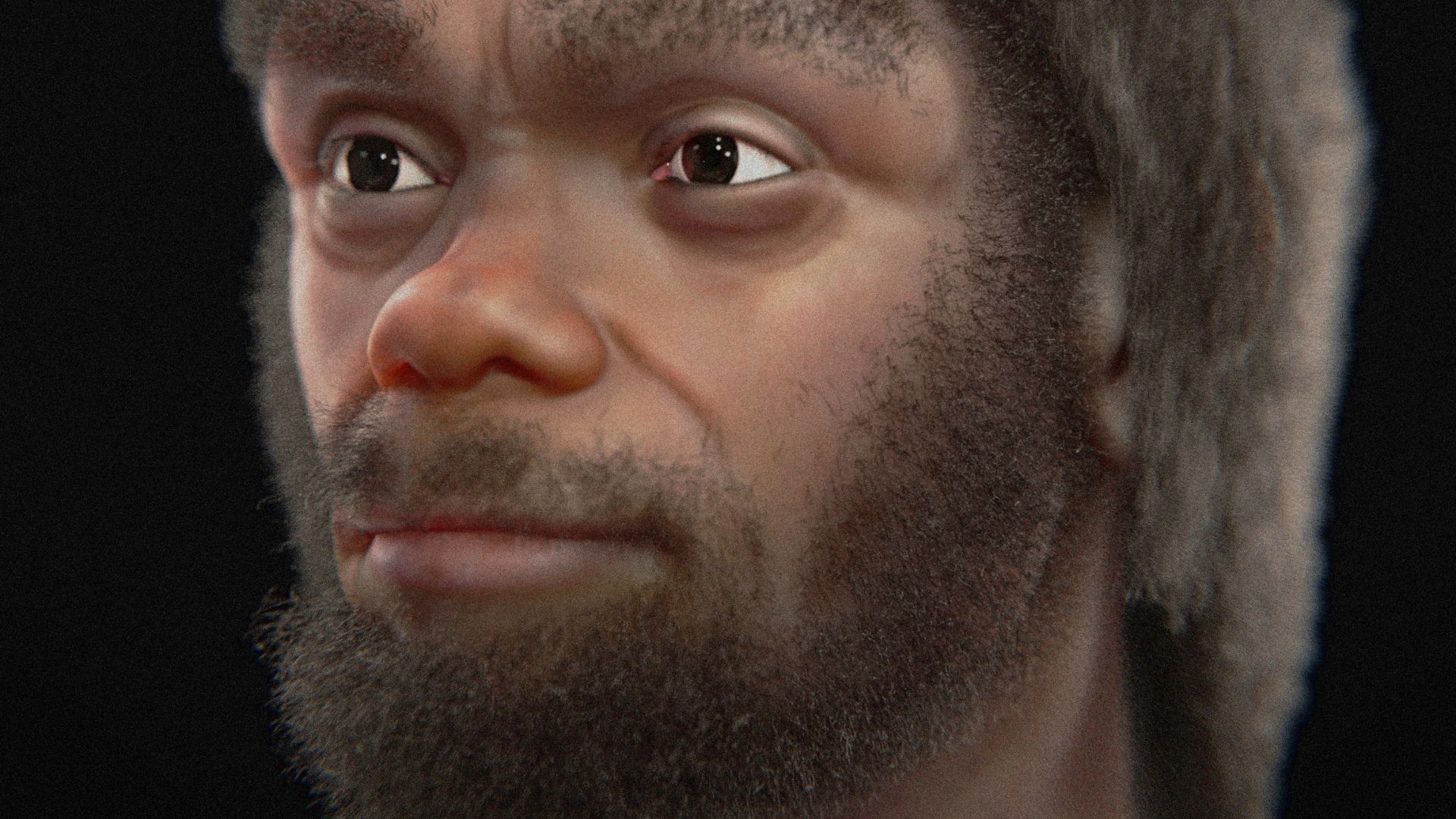
Source: Cicero Moraes/Wikimedia Commons
All scientists really do have is a few incredibly old skulls. However, since these skulls are more than a million years old, it’s difficult for them to do much.
The Discovery of Unusual Skulls
Interesting skulls of past human races were first discovered in China decades ago. In 1989 and 1990, two skulls were found in the Yunyang District of Hubei Province.
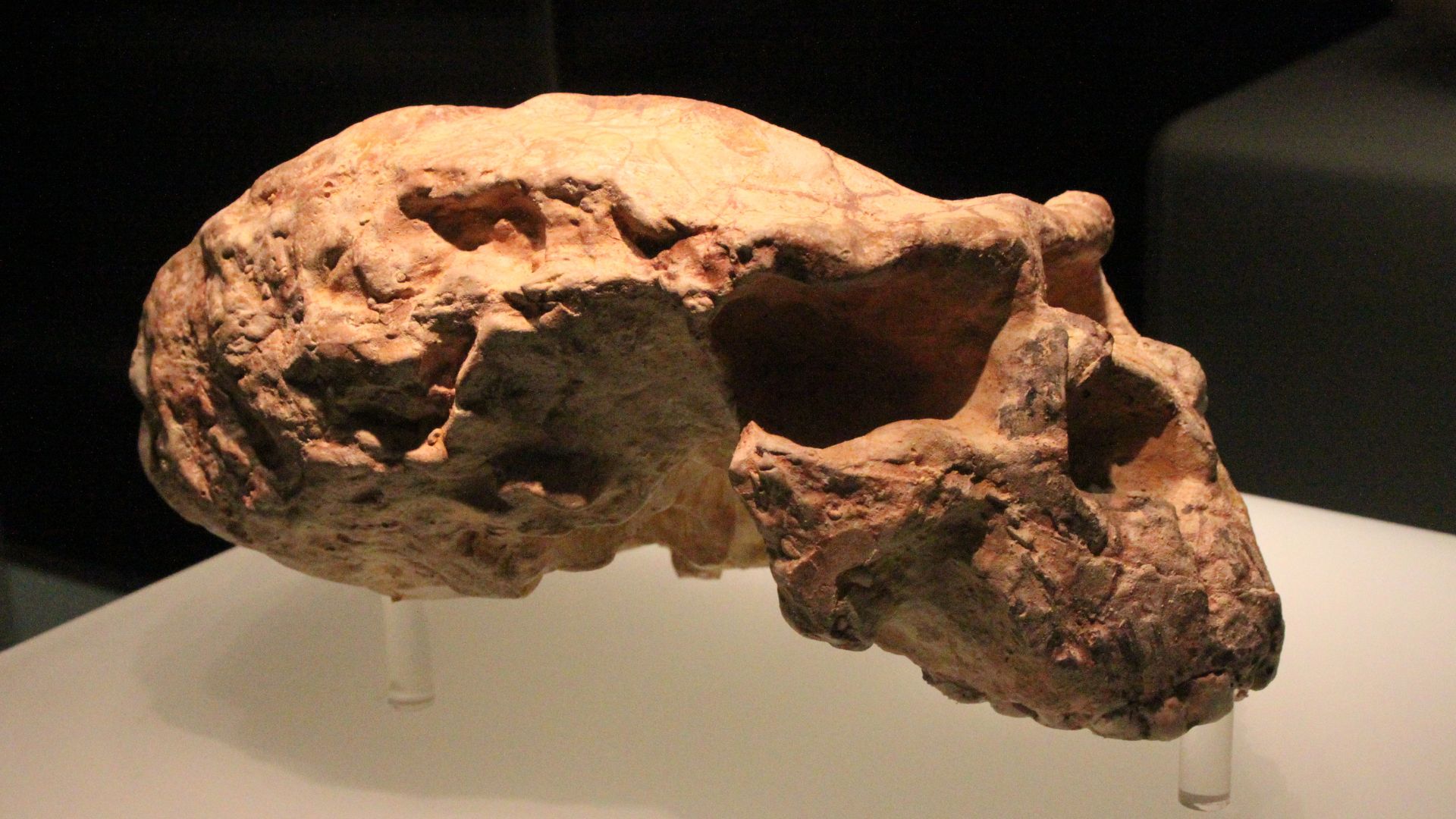
Source: Gary Todd/Wikimedia Commons
However, the skulls left many archeologists shocked at their unusual shape. Eventually, a third skull that was similar to these two was found in 2022. This skull was named the “Yunxian Man.”
The Dragon Man’s Name
While the name of these ancient species is definitely interesting, it actually doesn’t derive from stories of mythical creatures.
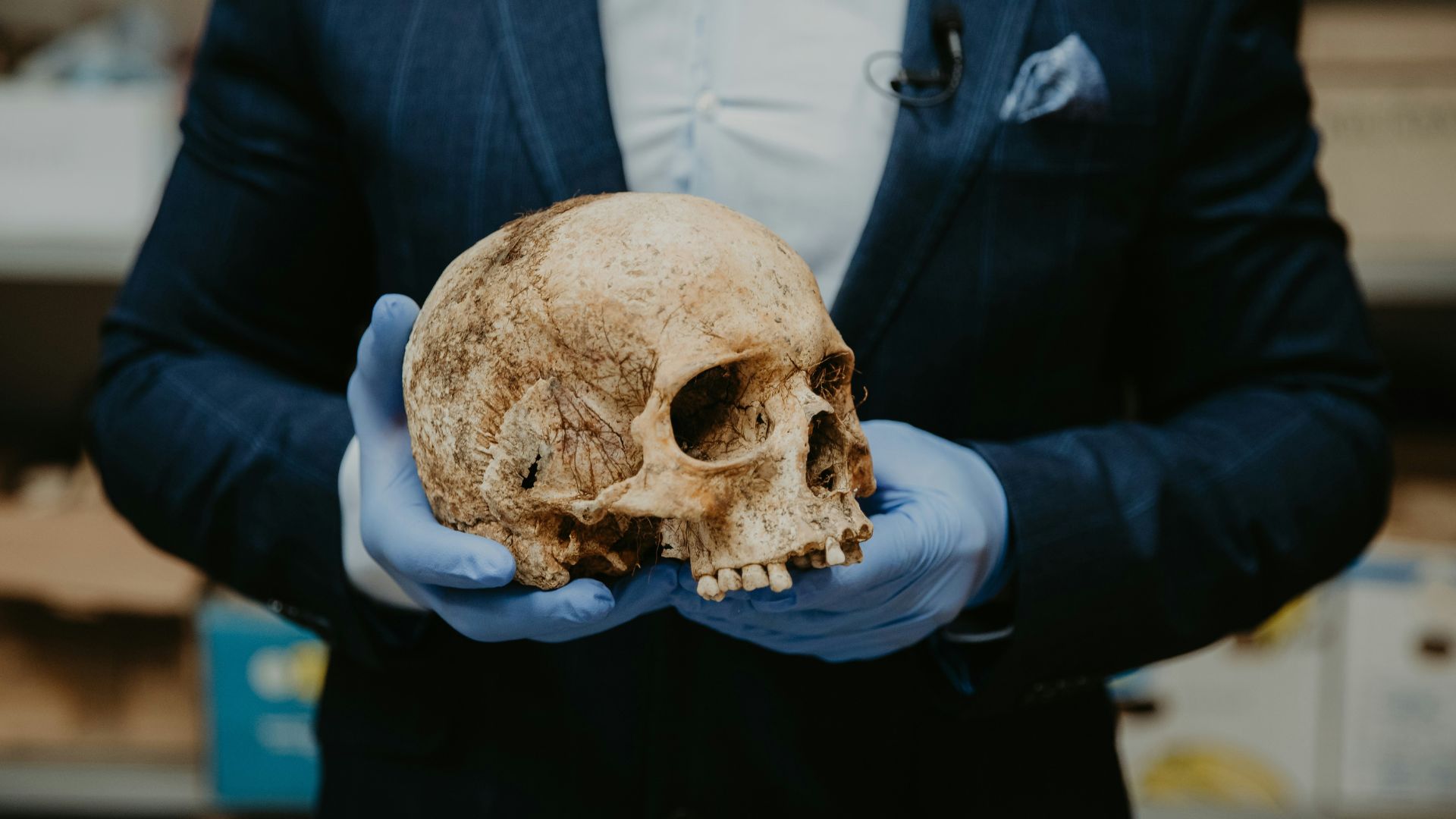
Source: Trnava University/Unsplash
Instead, the name comes from the Longjiang, also called the Dragon River. Regardless, the interesting name — and the mysterious past of these prehistoric people — has kept the public wanting to know more about the Dragon people.
Tracing Human History
Archeologists and researchers have long believed that uncovering our human past — and that of our Homo sapiens line — will likely only be done by also tracing the other ancient lines on Earth.
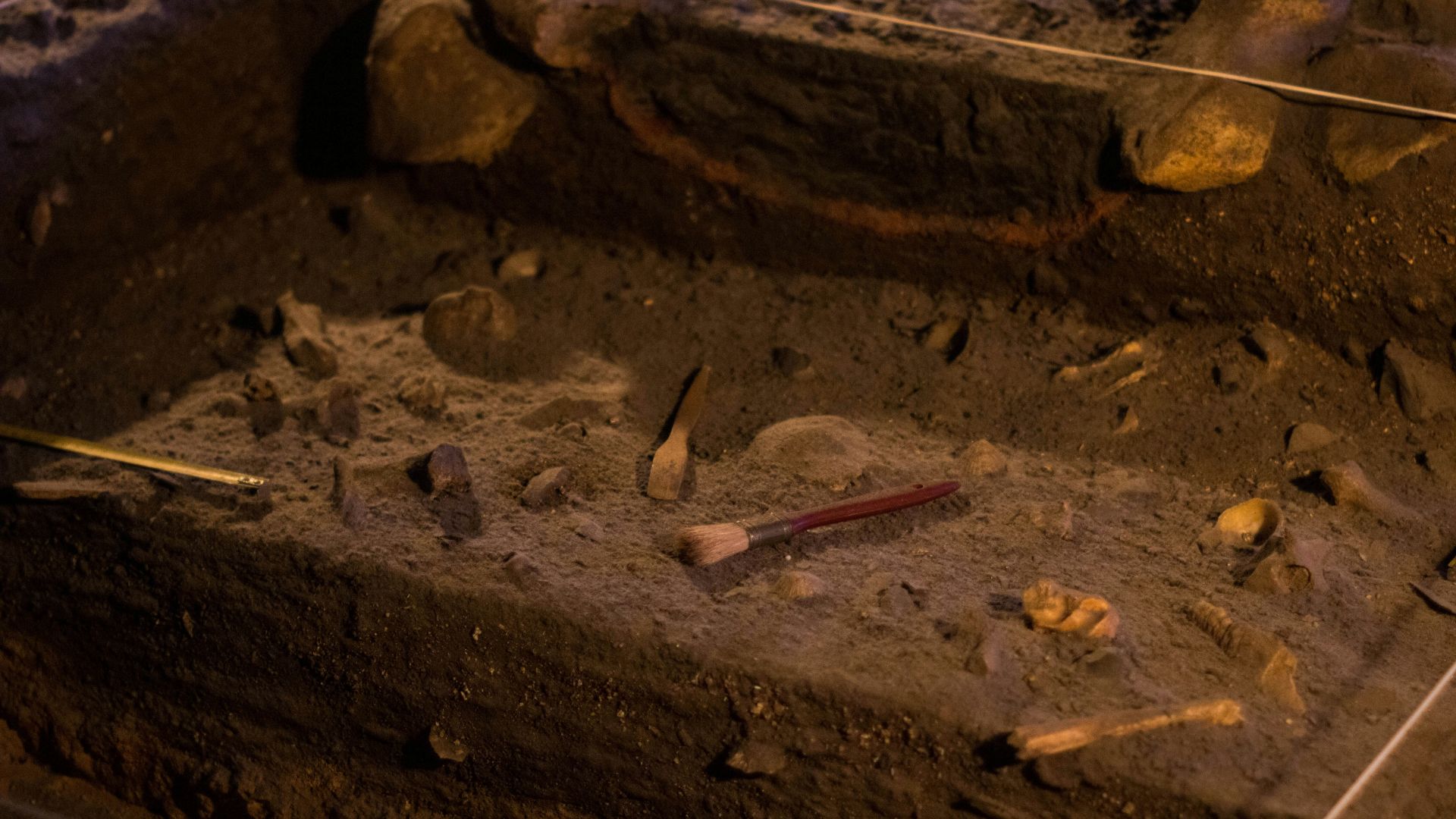
Source: Grianghraf/Unsplash
For example, the Denisovans are a very old race that researchers have discovered, simply from the uncovering of only a few skulls. The Dragon Man and Yunxian Man lines, found in China, are other branches of ancient races they’ve looked at.
Reconstructing the Yunxian Man Skull
To better understand the Yunxian Man skull that was found, researchers decided to reconstruct it using a 3D modeling technique.

Source: Cicero Moraes/Wikimedia Commons
This reconstruction of an unknown human species from China’s ancient years has found that the Yunxian Man may be of the same line as the Dragon Man. However, scientists now believe that the Yunxian Man could also be one of the last common ancestors of our Homo sapiens line.
The Difficulty in Uncovering Ancient Species
These findings were published on bioRxiv, a non-peer-reviewed preprint server. The authors of the study recognized that it’s difficult to understand what these ancient skulls are — and how they may be connected to us.

Source: Vitor Paladini/Unsplash
“It is very controversial whether these fossil humans represent different species or lineages,” the study says. “The 1-million-year-old Yunxian 2 fossil from China is crucial for understanding the cladogenesis of Homo and the origin of Homo sapiens.”
Uncovering the Mystery of the Skull
Scientists wanted to find out what ancient species this skull may have belonged to. Thanks to this reconstruction, they now believe that it could be a very early member of the Dragon Man lineage.
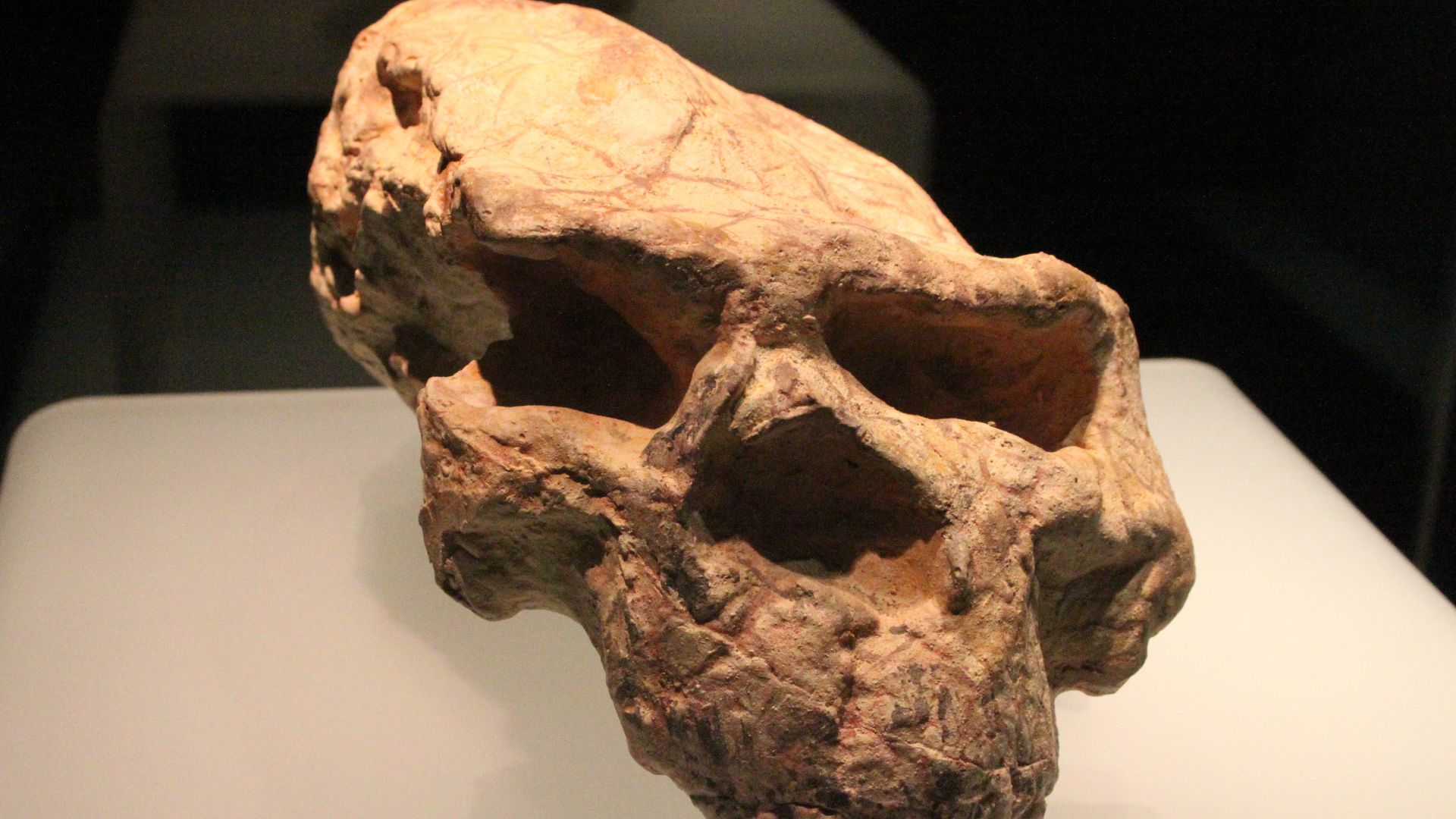
Source: Gary Todd/Wikimedia Commons
The study explains that this skull may be “an early member of the Asian ‘Dragon Man’ lineage, which probably includes the Denisovans, and is the sister group of the H. sapiens lineage.”
The History of Homo Sapiens and the Dragon Man
According to this team of researchers, both the Homo sapiens and the Dragon Man species have roots that extended past the Middle Pleistocene age.

Source: Cicero Moraes/Wikimedia Commons
This reconstructed fossil, therefore, may represent a population of people that was close to the last common ancestor of both the Homo sapiens and the Dragon Man line.
A Divergence of the Homo Sapiens Line?
Though we do know a lot about our Homo ancestors, we don’t know enough. As a result, many scientists have different theories about what our ancient lines looked like.
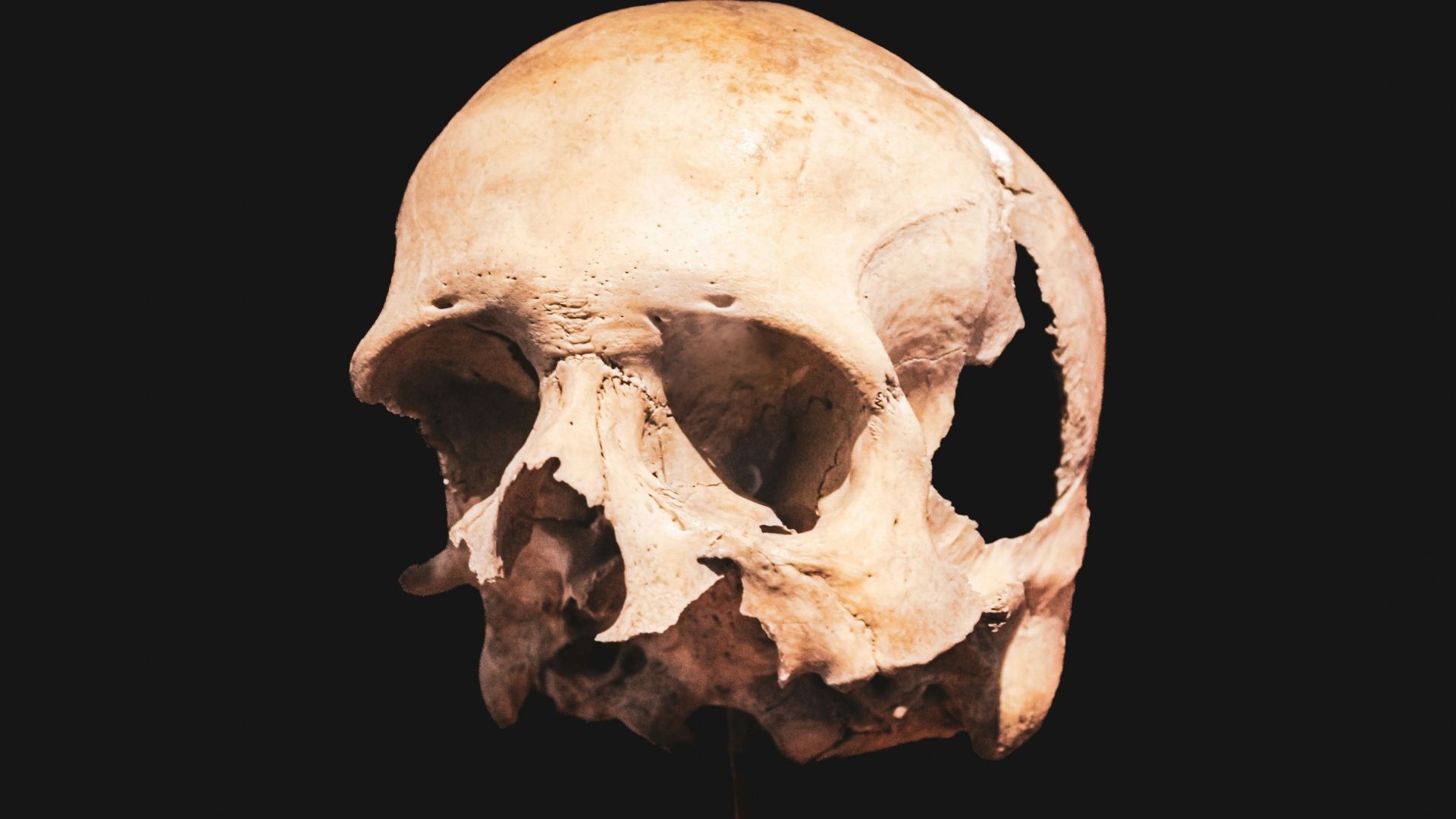
Source: Aldo Hernandez/Unsplash
Some scientists theorize that the Homo lines diverged. One-half of this line encompassed the Denisovans, which may have also included the Yunxian and Dragon Man lineages. This line went extinct. The second Homo line, meanwhile, included the Homo sapiens, which evolved.
Interaction Among Ancient Lines
Interestingly, evidence points to the fact that these two ancient Homo lines had quite a lot of interaction between each other.
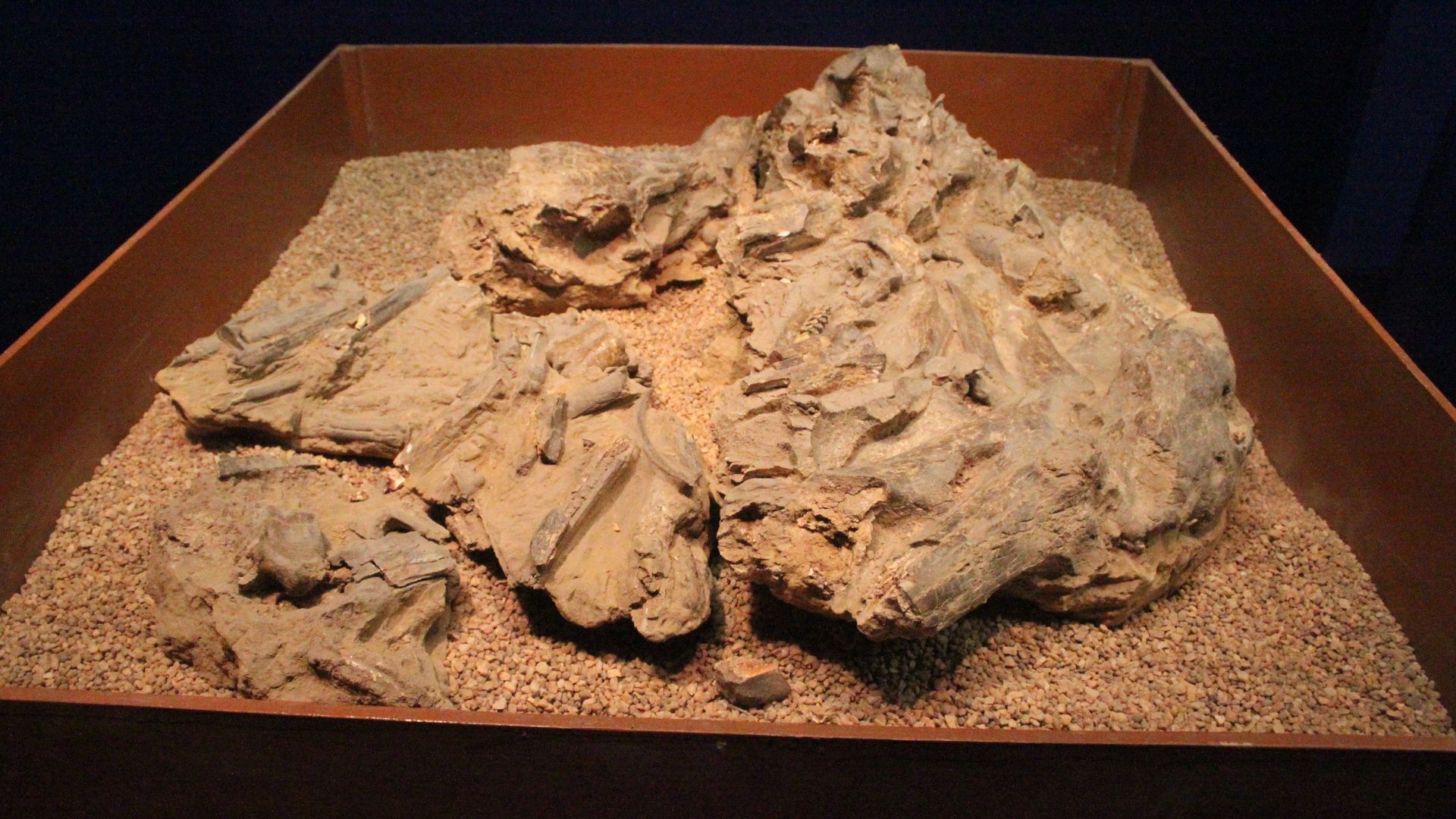
Source: Gary Todd/Wikimedia Commons
However, this interaction eventually abruptly stopped. One line also completely went extinct and died off, while the Homo sapiens line evolved and thrived. Scientists have been struggling to find out why this may have happened.
A Connection Between Homo Sapiens and the Dragon Man?
This one million-year-old skull that has been reconstructed could also signal a connection between the Dragon people and Homo sapiens. This common link between the two lines could be found in this skull, which could be an ancestor of both.
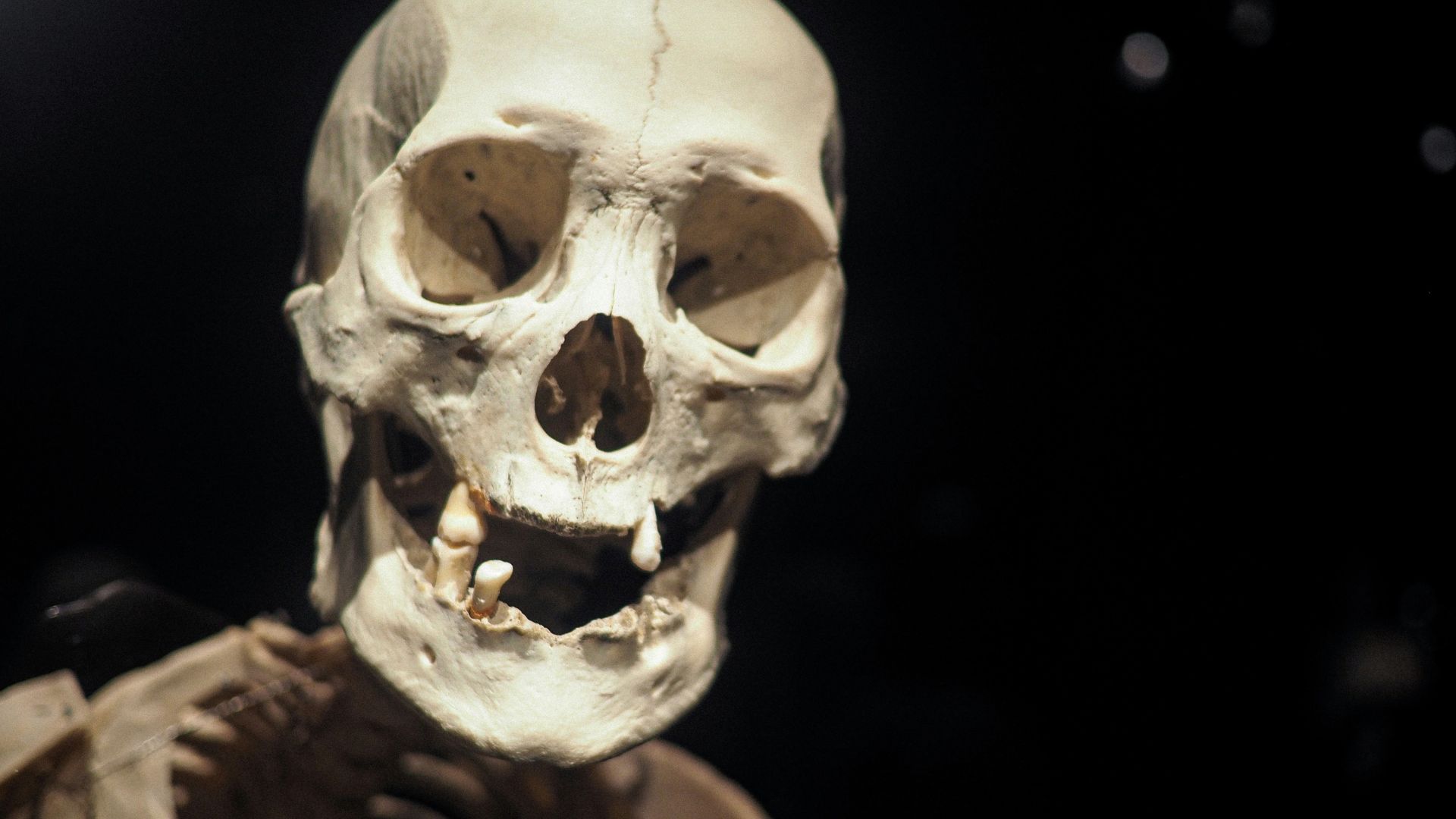
Source: Arthur Lambillotte/Unsplash
“It is reasonable to conclude,” the study’s authors explained, “that Yunxian is morphologically and chronologically close to the last common ancestor of the lineages of H. sapiens and Dragon Man.”
